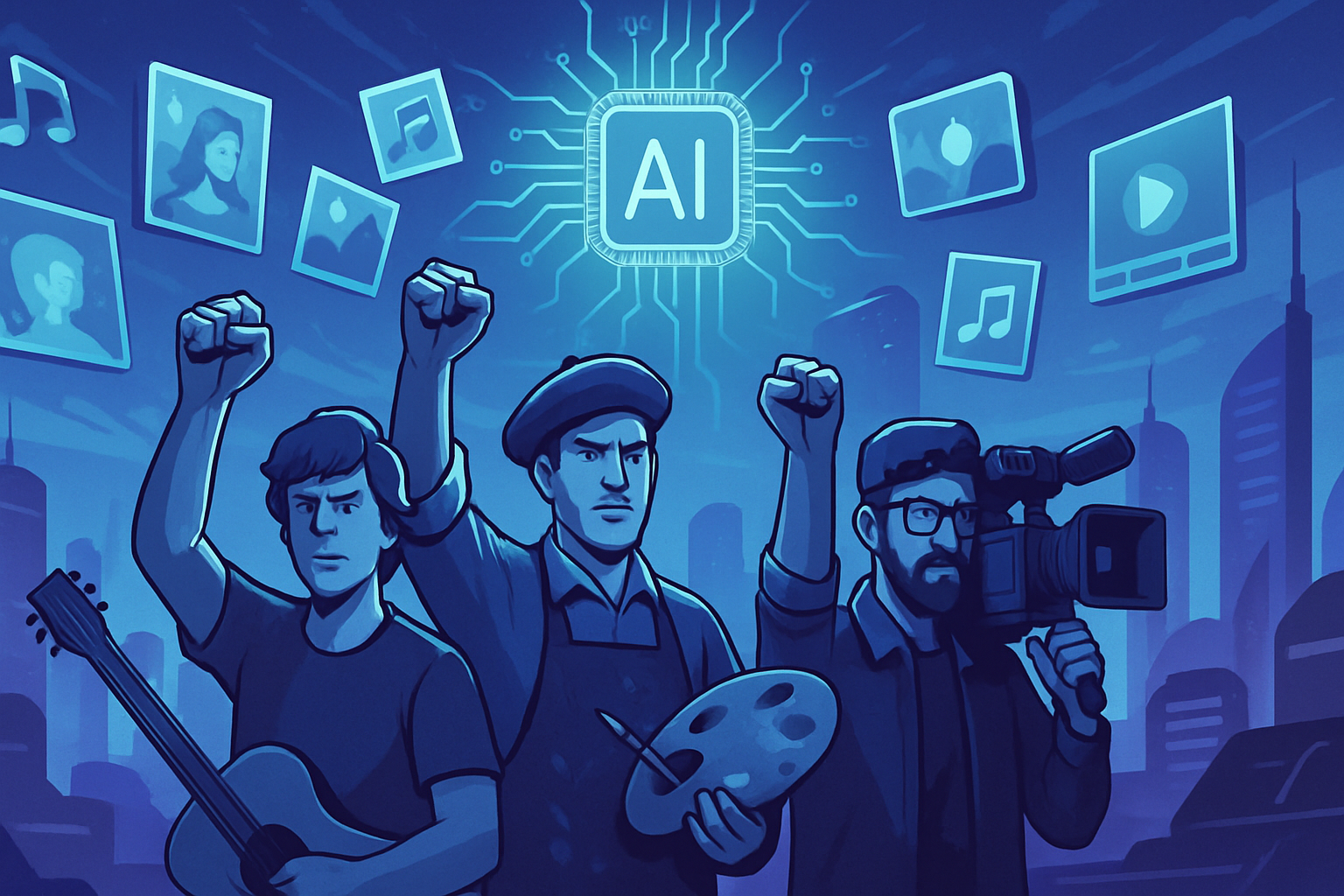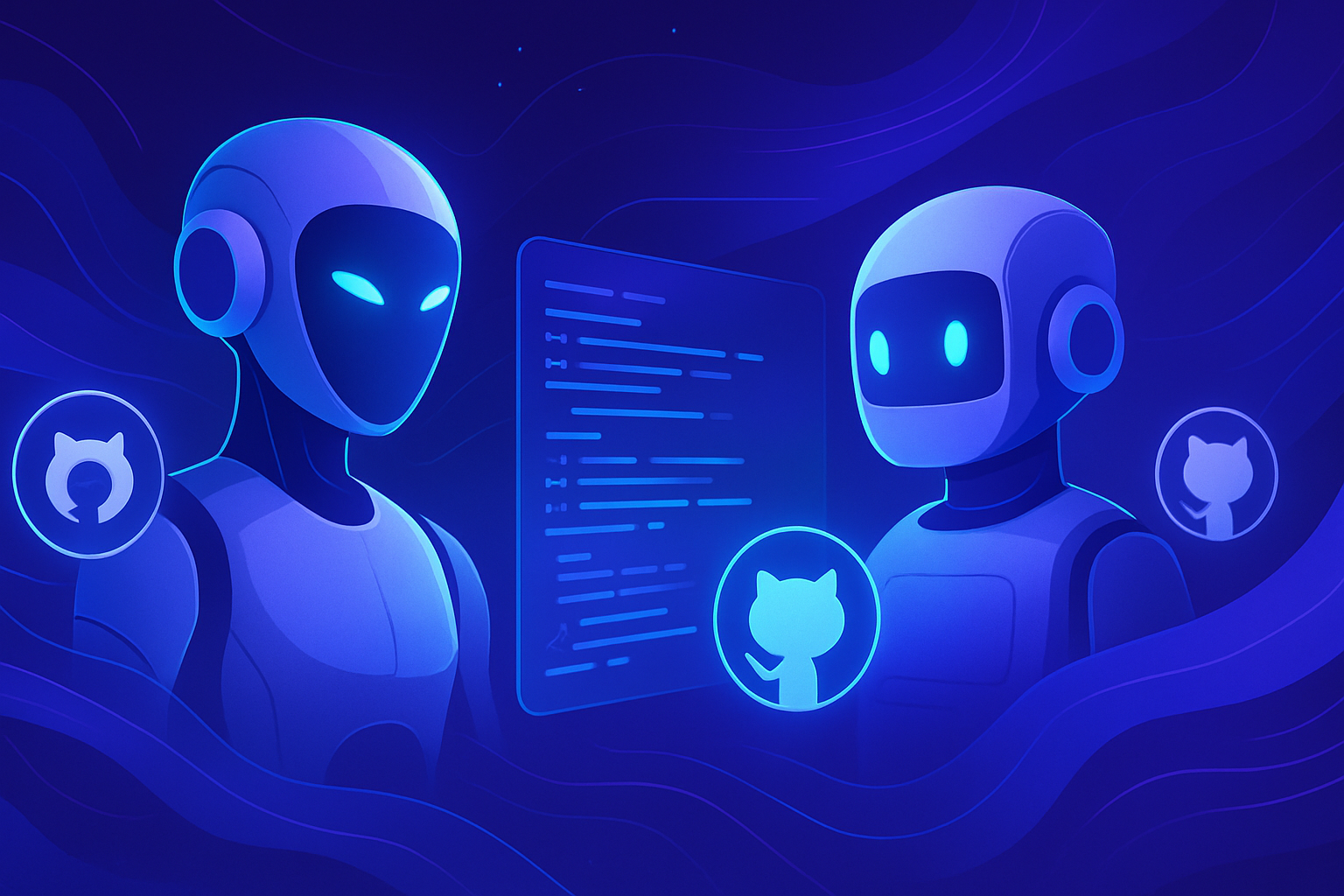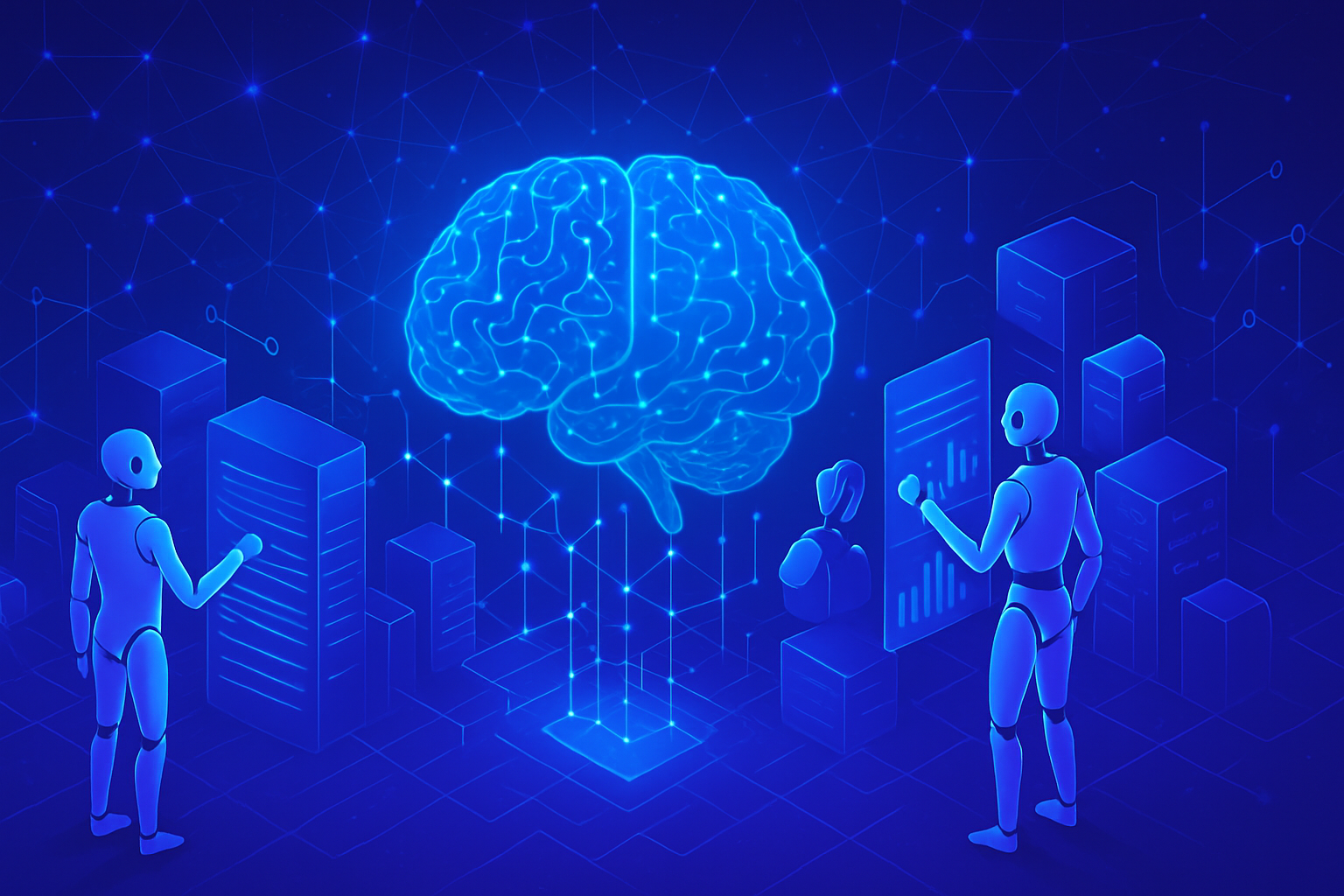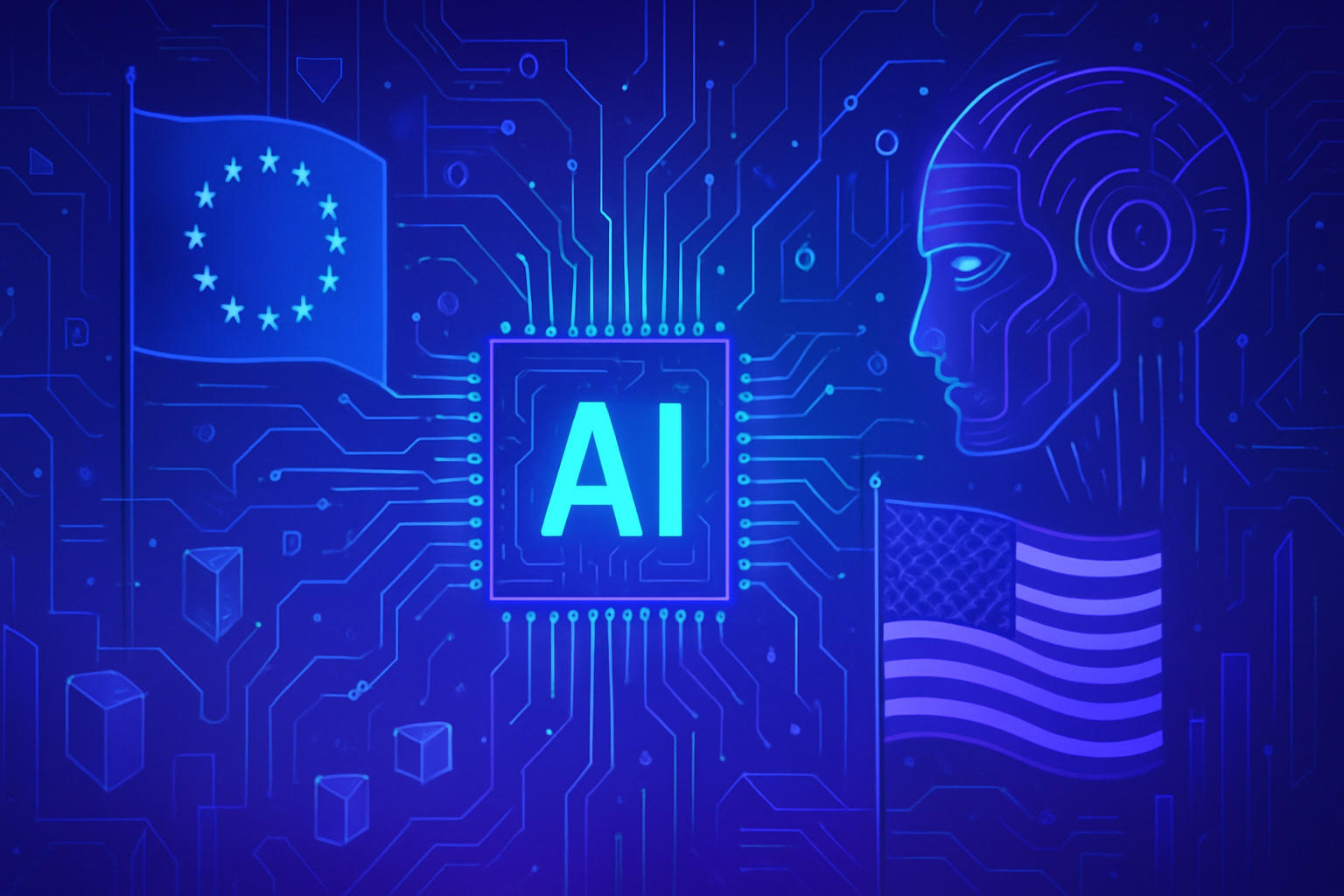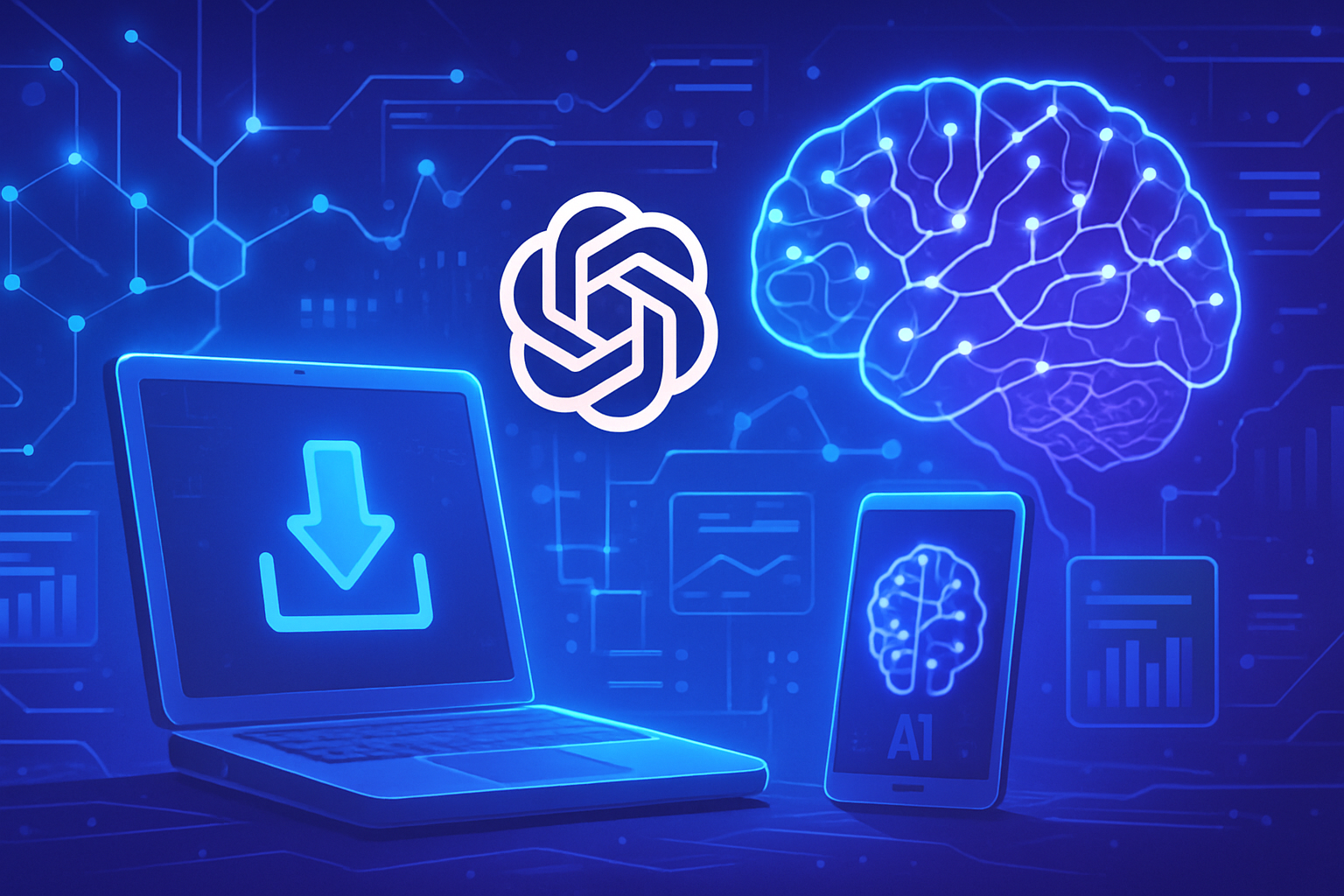Artistic and media groups express strong concern over the unauthorized use of Australian content to train AI models. *Such appropriation could compromise* the integrity of copyright and threaten the work of Australian creators. Calls to action are increasing for the government to assert its position against this practice, deemed *detrimental to the cultural industry*. Voices are rising to ensure *adequate protection* of works against mass theft by technological giants.
Call from artistic and media groups
Artistic, creative, and media groups have expressed their strong discontent regarding the ambitions of large tech companies. They demand the Australian government to prohibit the use of local content to train artificial intelligence models. This concern stems from an imminent risk of mass theft of works by Australian creators.
The stakes of copyright
The Albanese government has assured that no changes to copyright legislation are planned. However, any potential reform must assess the impact on the artistic industry and information media. Opposition leader Sussan Ley firmly stated that any material protected by copyright should not be used without appropriate compensation.
AI models and exploitation of creators
The interim report from the Productivity Commission proposes various regulations regarding technologies, including artificial intelligence. The potential economic benefits touted, reaching up to 116 billion dollars for GDP, raise significant concerns. Industry players, such as Creative Australia and the Copyright Agency, warn about the unauthorized use of protected materials to train AI models.
Reactions from artistic federations
Cultural sector companies have reacted with deep concern to the Commission’s proposals. The possibility of exemptions for text mining could pave the way for exploitation of works without remuneration. This also calls into question the licensing agreements that publishers and creators negotiate with large tech companies.
Economic logic and protection of creators
Critics issue warnings regarding the legitimacy of such an approach. Within the Australian Council of Trade Unions, an accusation has been made against the Commission for incorporating technology giants’ arguments. Unions assert that this strategy favors multinationals at the expense of Australian workers. The case of music, represented by Apra, also raises concerns for the nine billion dollar music industry.
Government commitment and perspectives
Attorney General Michelle Rowland emphasized the need for responsible adoption of AI to establish trust. The government seems intent on maintaining its current copyright framework in response to pressure from creators. Arts Minister Tony Burke stressed the need for consent, transparency, and remuneration in the field of creative works.
Concerns in the publishing sector
The Australian Publishers Association expresses concern over the risks such changes could pose. The prospect of unauthorized use of content by dominant platforms poses a threat to local publishing capability and federal cultural policies. CEO Patrizia Di Biase-Dyson stated that this proposal would reward infringing assets rather than incentivizing true contributors.
Consequences for cultural creation
Statements from the Copyright Agency reinforce creators’ concerns. Reducing the current copyright framework could dramatically affect creators’ ability to monetize their work. Josephine Johnston argued that this does not serve national interests and that rigorous protection is essential to support Australian content in the age of AI.
Questions remain about the balance to be established between technological innovation and the protection of creators’ rights. The road to a future where AI benefits all remains fraught with challenges.
Frequently asked questions
Why are artistic and media groups opposing the use of Australian content for AI training?
Artistic and media groups are concerned that this practice leads to mass theft of protected content, thereby compromising creators’ rights and threatening the entire cultural industry in Australia.
What types of content are included in this opposition?
This includes artwork, music, news articles, and any form of artistic or media creation that could be used without compensation by large tech companies.
What are the potential consequences of allowing unpaid use of Australian content for AI?
Unpaid use could lead to decreased revenues for artists, devaluation of the local cultural industry, and a lack of investment in original creation.
Has the Australian government taken a position on this issue?
The government, led by Albanese, has indicated that it does not intend to amend copyright legislation but emphasizes the need to consult artists and media before any potential changes.
What arguments are put forth by those supporting the use of data for AI training purposes?
They argue that using this technology could increase productivity and GDP, but this should not come at the expense of creators’ rights.
What does the Productivity Commission propose regarding the use of data and digital technologies?
The Productivity Commission has suggested several measures, including expanding licensing schemes, but these proposals have raised concerns among creative groups.
What protections should be put in place for creators in the age of AI?
It is essential to ensure consent, transparency, and remuneration for creators for their works to avoid content theft and preserve Australian creativity.
How are copyright laws enforced in Australia compared to other countries?
Copyright laws in Australia are stricter, providing better protection for creators compared to other countries where the rules may be less favorable to artists.
What actions can artists take to protect their creations in this context?
Artists can engage in awareness campaigns, partner with organizations to advocate for their rights, and ensure their work is properly licensed and protected through copyright laws.
